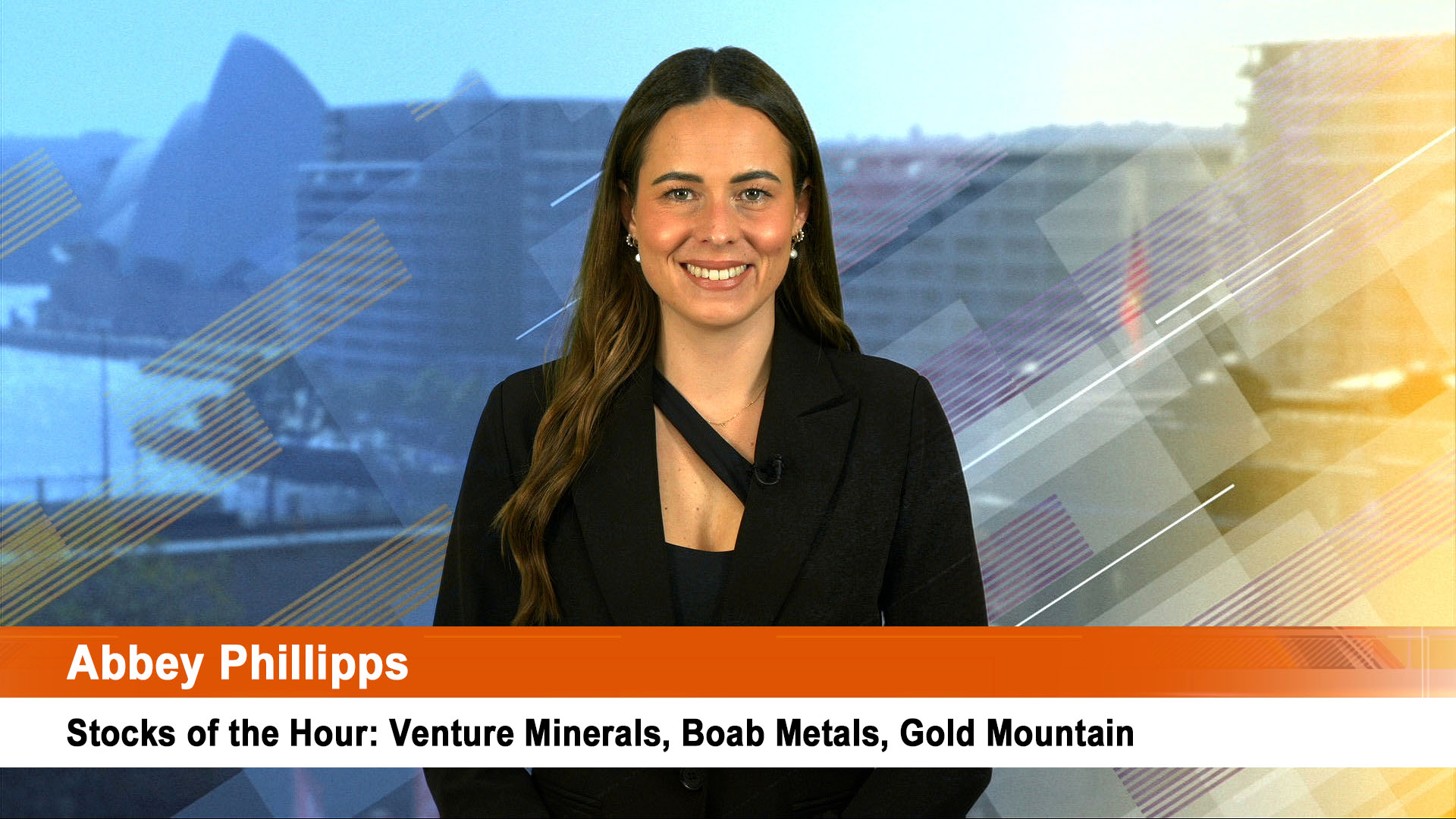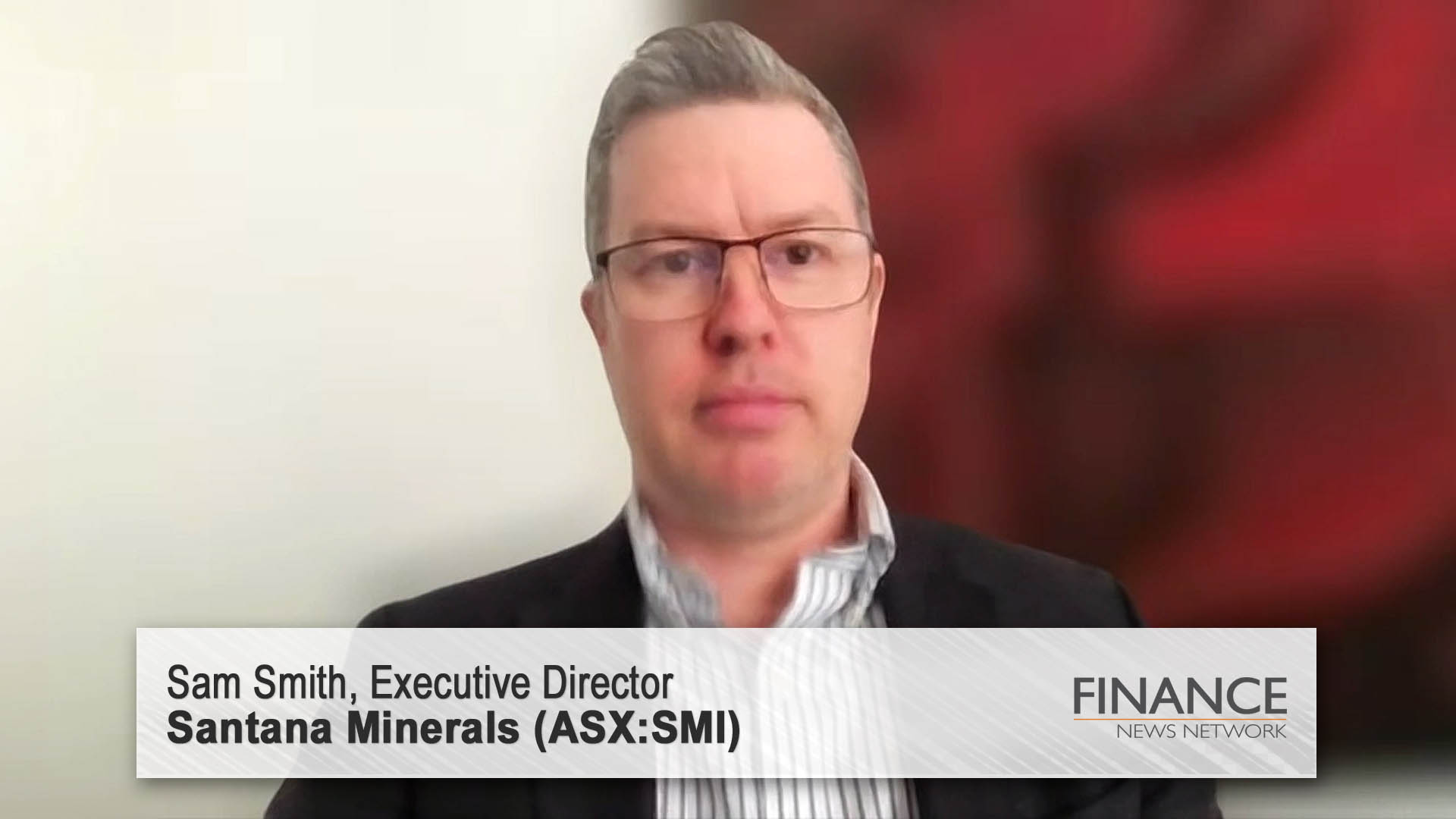Australia’s economy expanded 1.0% in the March quarter (The fastest rate in a year) and 3.1% in the year to March thanks mostly to higher corporate profits, rising mining production and exports (especially of LNG) and a solid rise in non-mining investment.
Growth was broad-based with only a slide in household consumption (and the savings ratio to a decade low 2.1% in the quarter) the only areas of concern.
Normally a set of national accounts as solid as these are would have the Reserve Bank edging towards a ‘rate rise looms’ headline among the worryworts of the business media and pet shop galahs, but the very weak household spending figure, the run down in savings and continuing high levels of debt will continue to make the central bank cautious well into 2019.
The growth is slightly ahead of a Reuters forecast from the market which had predicted quarterly growth of 0.9% (up from 0.8% late last week) and an annual improvement of 2.8% (up from 2.7%). The first reported growth rate for 2017 was 2.4%. That is now a weaker 2.3% because of revisions.
The stronger annual growth was after revisions in the December quarter – 0.5% instead of 0.4%, a cut in the September quarter to 0.5% from 0.6% and a rise in the June quarter to 1% from the previous 0.8%.
A strong rise in exports, in particular those for coal, iron ore and liquefied natural gas, accounted for half the increase in Australia’s gross domestic product (GDP) in the quarter, the Australian Bureau of Statistics report revealed (http://www.abs.gov.au/ausstats/abs@.nsf/mf/5206.0?opendocument&ref=HPKI)
Mining industry Gross Value Added grew 2.9% with the bureau reporting “strong increases in the production of coal, iron ore and liquefied natural gas.”
Exports of goods and services rose 2.4% following a December’s surprise fall of 1.5% and through the year to March, exports of goods and services were up 4.6%. Exports of goods were up 2.9% driven by non-rural exports (3.3%) with mining commodities, Liquified Natural Gas (LNG), Coal, Iron Ore and Non Monetary Gold the main drivers, according to the ABS.
Private non-financial corporations profits rose a very solid 6% in the March quarter, the strongest increase for a year. “ he rise in profits was consistent with the strong increase in mining exports coupled with a lift in the terms of trade this quarter.” the ABS’s Mr Hockman added. Terms of trade rose 3.3% against 0.5% in the three months to December.
Private investment contributed to GDP growth with continued strong investment in machinery and equipment (as last week’s capex data for the March quarter revealed with a 2.5% rise), and was particularly strong in the non-mining sector. “Growth in the construction of new dwellings fell slightly, but the recent high levels continued, consistent with the number of building approvals observed in recent months.”
But a 3.6% rise in private business non-mining investment in the quarter pushed the yearly rate to a very strong 14% through the year. "This growth was driven by machinery and equipment and continues the longer term trend of private business non-mining investment offsetting the decline in private business mining investment. Private business mining investment fell 6.0% this quarter and is down 16.4% through the year,” the ABS commented. The Reserve Bank reckons that slide will exhaust itself in the next couple of quarters.
General government final consumption spending rose 1.6% in the quarter and was up 5.1% through the year, but the ABS said public investment fell slightly but remained at elevated levels That’s especially due to the heavy spending in NSW and Victoria on public infrastructure). So fiscal policy is still having a small but positive impact.
But the worry is household consumption. It grew by 0.3% down from 1% in the December quarter) and unchanged at 2.9% through the year. The ABS said the household savings ratio fell to 2.1% and was at its lowest rate since December 2007. “The savings ratio declined over the past decade but the rate of decline has moderated in the past 4 quarters,“ the ABS said trying to put the best possible complexion on the slide it – but the decline was from 4% in the March 2017 quarter to 2.1% in March 2018 – looked at another (and cheeky way), that’s a fall of nearly 50% in the rate over the year!).
With a 1.9% rise in real net national disposable income (where’s that ‘income recession’ again) in the March quarter (and 2.5% through the year), household spending was unexpectedly weak. It seems most of that went to business and not households.
Compensation of Employees (the National Accounts way of measuring employee income) or COE rose 1.2% in the quarter to be up 5.1% through the year, the strongest since late 2012.
If compensation of employees was that strong, why didn’t it translate into either higher household consumption or a rise in the savings ratio from December’s low 2.3%. The answer is to be found in the 1.6% rise in average compensation for employees over the past year. That 5.1% rise reflects the strong employment growth (more people in work)
"Health Care and Social Assistance and Construction industries were the major contributors to this growth. This is consistent with the strong employment growth observed in these two industries. Over the past four quarters average COE has grown by 1.6%, the ABS said.













